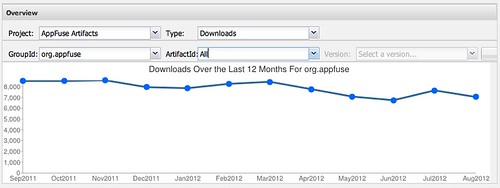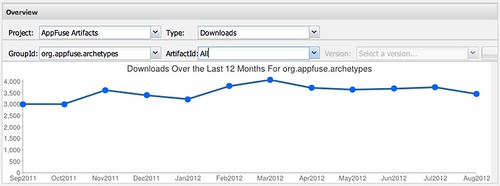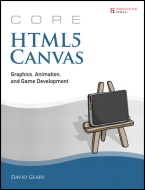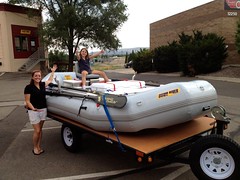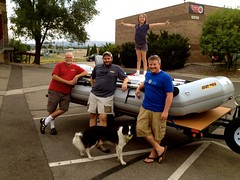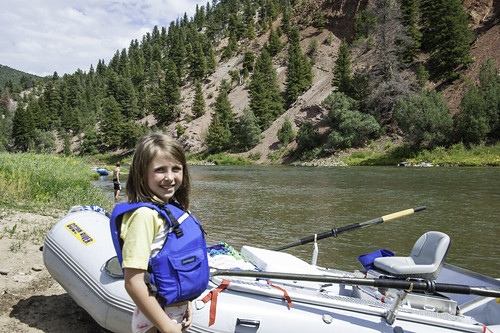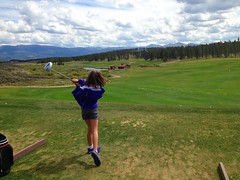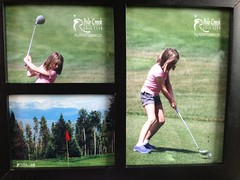AppFuse News: GitHub, Hibernate Search and The Future
It's been a while since I've written anything about AppFuse, but since the project has had quite a bit of activity lately, now seems like a good time.
GitHub
First of all,
we moved the source code from java.net to GitHub way back
in June. Thanks to Serge for helping with
this process and making it quick and
painless. For some reason, shortly
after moving, we started having quite a few build issues with Bamboo.
I was able to diagnose the
problem as not enough memory on our server. Thankfully, Contegix was able to
add another 2GB of
RAM to our box and get everything back up-to-snuff.
New Committer: J. Garcia
J. Garcia has been a regular voice on the users and developers mailing list for several
months. He's recently started contributing a lot of patches in JIRA and seems genuinely interested in the success of
AppFuse. That's why we voted and added him
as a committer. To prove this was a smart move, he recently
replaced Compass with
Hibernate Search and upgraded to Hibernate 4.
As part of this work, he removed iBATIS support, which brings me to my next point.
The Future
In mid-August, I sent an email to the
community, asking them "Anyone using iBATIS?"
I'm thinking of replacing AppFuse's Data Tier with Spring Data, especially because it has NoSQL and REST support. There's a good intro on InfoQ today:
http://www.infoq.com/articles/spring-data-intro
Does anyone see an issue with this? The lack of iBATIS support could be an issue, but I doubt it since if we wanted to continue supporting it, we should move to MyBATIS.
Everyone agreed this was a good idea and it seemed like a logical time to remove iBATIS support. In addition, I posted a roadmap I jotted down in early May. Since we've missed all the dates so far, I've removed them from the listing below. We hope to get 1-2 releases done by the end of this year, with 2.2 in the next 2-3 weeks.
2.2
Hibernate 4
Hibernate Search
Bootstrap
H5BP2.3
AMP for all light modules
Wicket
PrimeFaces2.4
JSR 303 (might require removing or developing client-side support)
Mockito instead of jMock/EasyMock2.5
AMP one-to-many
Spring Data
MyBatis (if there's interest in adding it back in)2.6
wro4j for concatenation and minimizing JS and CSS
pjax - https://github.com/defunkt/jquery-pjax2.7
Scala example
Gradle example
Article about examples3.0
GWT
Maven Central Statistics
To prove there's still a fair amount of folks using
AppFuse, here's some statistic from Sonatype's OSS Repository Hosting
Service.
From this screenshot, you can see that AppFuse artifacts are downloaded around 7,000 times per month. The following graph is even more interesting. Apparently, around 3,000 new projects are created with AppFuse archetypes each month.
The AppFuse Name
Finally, I recently discovered
that ShoreTel decided to name a new product AppFuse. I guess this signifies two things: 1)
it's a good name for a product and 2) someone didn't do their research before naming it. At this point, I'm not
too concerned, but it is an interesting development.


